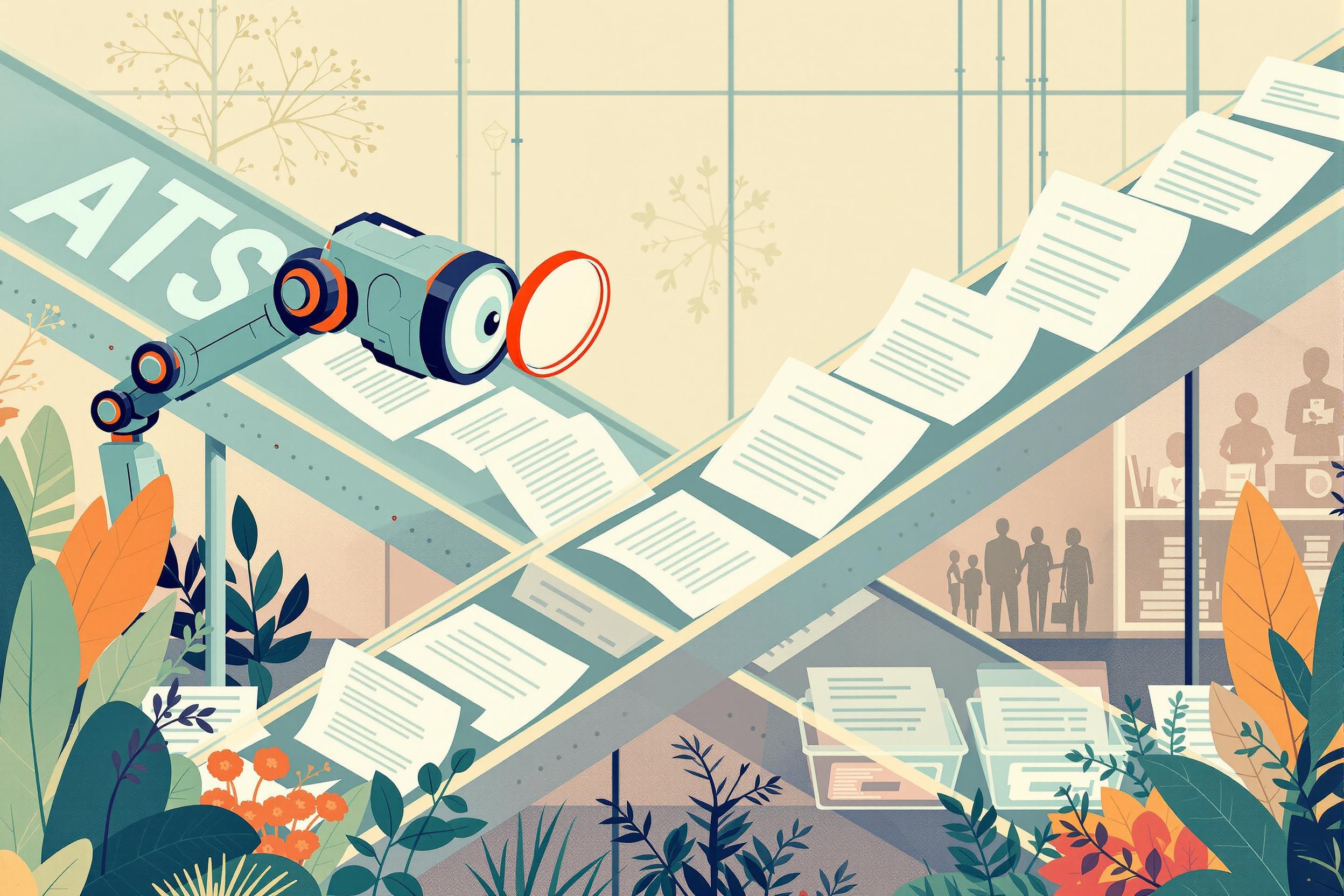
Temperature Control
Temperature Control in aquaculture refers to managing and monitoring water temperatures to keep fish and other aquatic life healthy. It's like creating the perfect environment for fish, similar to how we control room temperature for people. This involves using equipment and systems to warm or cool water as needed. Fish farmers use temperature control because different species need different water temperatures to grow well, stay healthy, and reproduce. Think of it as climate control for fish tanks or ponds, but on a much larger, commercial scale.
Examples in Resumes
Maintained Temperature Control systems for 5 salmon growing tanks
Implemented automated Temperature Control monitoring for improved fish health
Supervised Temperature Control and Water Temperature Management for a 1000-acre fish farm
Typical job title: "Aquaculture Temperature Control Specialists"
Also try searching for:
Where to Find Aquaculture Temperature Control Specialists
Professional Organizations
Job Boards
Online Networks
Example Interview Questions
Senior Level Questions
Q: How would you handle a sudden temperature control system failure in a large fish farm?
Expected Answer: A senior specialist should discuss emergency response procedures, backup systems, monitoring protocols, and how to prevent fish losses while maintaining proper temperatures. They should mention staff coordination and long-term solutions.
Q: What factors do you consider when designing a temperature control system for a new aquaculture facility?
Expected Answer: Should explain considerations like fish species requirements, local climate, energy efficiency, system redundancy, and cost-effectiveness. Should also mention monitoring systems and maintenance planning.
Mid Level Questions
Q: What temperature ranges are optimal for common farm-raised fish species?
Expected Answer: Should demonstrate knowledge of different species' temperature needs, signs of temperature stress in fish, and how to maintain proper temperatures throughout different seasons.
Q: How do you monitor and adjust water temperature in multiple tanks?
Expected Answer: Should explain using monitoring equipment, record-keeping practices, adjustment procedures, and how to balance temperature needs across different systems.
Junior Level Questions
Q: What basic equipment is used in aquaculture temperature control?
Expected Answer: Should be able to identify and explain basic heating/cooling equipment, thermometers, monitoring devices, and their basic maintenance requirements.
Q: Why is temperature control important in aquaculture?
Expected Answer: Should explain how temperature affects fish health, growth, and survival, and why consistent temperatures are crucial for successful fish farming.
Experience Level Indicators
Junior (0-2 years)
- Basic temperature monitoring
- Equipment maintenance
- Record keeping
- Understanding of fish temperature needs
Mid (2-5 years)
- System troubleshooting
- Temperature adjustment procedures
- Multiple species management
- Emergency response handling
Senior (5+ years)
- System design and optimization
- Staff training and supervision
- Crisis management
- Long-term planning and improvement
Red Flags to Watch For
- No understanding of basic fish biology and temperature needs
- Lack of experience with monitoring equipment
- Poor record-keeping habits
- No knowledge of emergency procedures
- Unfamiliarity with different heating/cooling systems
Related Terms
Need more hiring wisdom? Check these out...

Cutting HR Costs Without Sacrificing Quality: A How-To for Savvy Executives

Stop the Turnover Epidemic: Proven Tactics Every HR Leader Must Know

Reducing Time-to-Hire: Practical Strategies Using AI Tools

